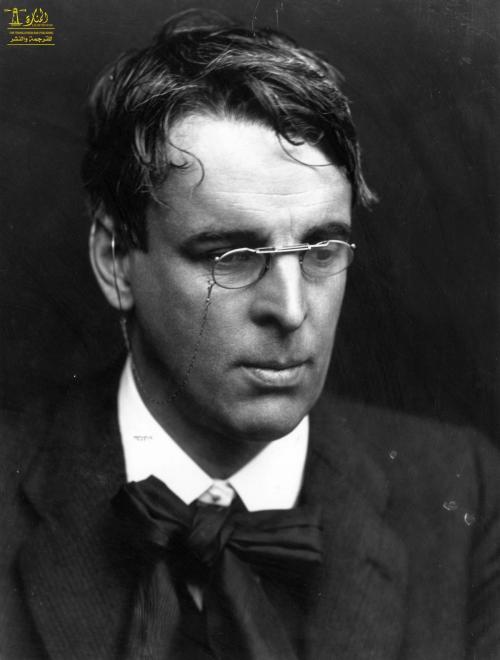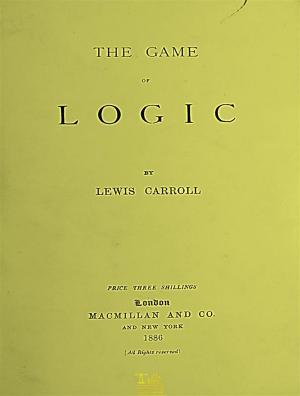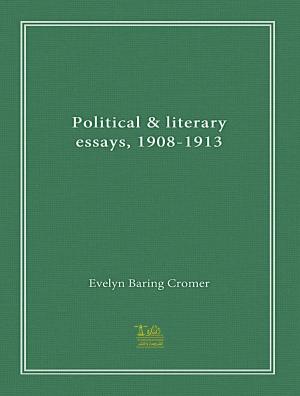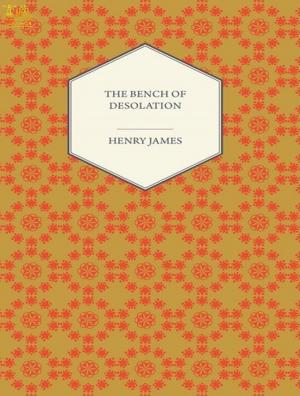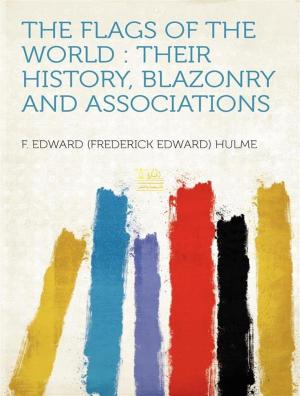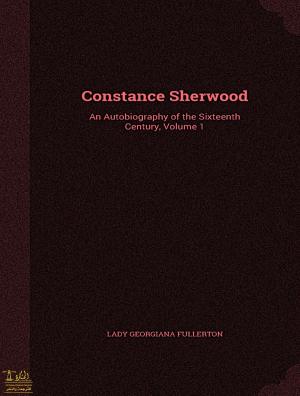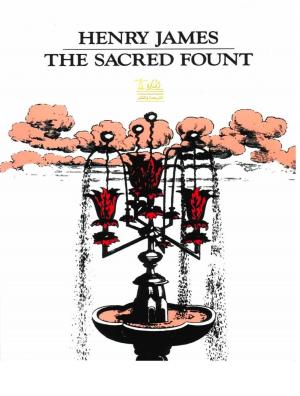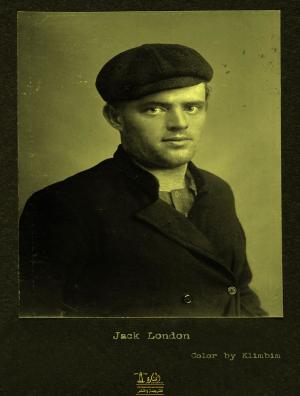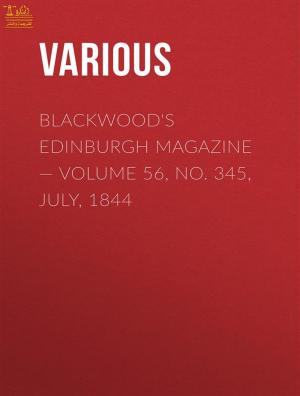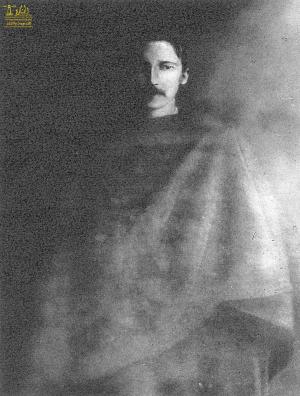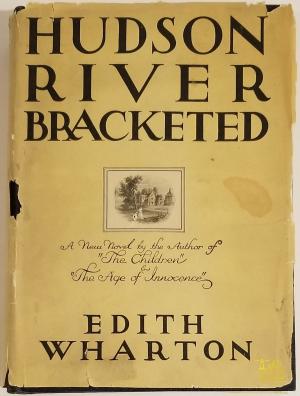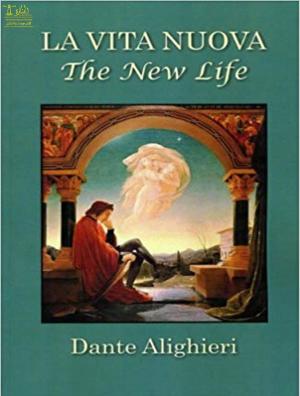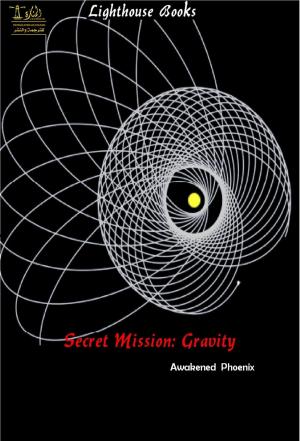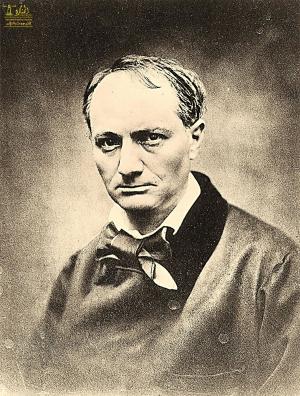| Author: | William Butler Yeats | ISBN: | 9780599804999 |
| Publisher: | Lighthouse Books for Translation Publishing | Publication: | April 26, 2019 |
| Imprint: | Lighthouse Books for Translation and Publishing | Language: | English |
| Author: | William Butler Yeats |
| ISBN: | 9780599804999 |
| Publisher: | Lighthouse Books for Translation Publishing |
| Publication: | April 26, 2019 |
| Imprint: | Lighthouse Books for Translation and Publishing |
| Language: | English |
William Butler Yeats is widely considered to be one of the greatest poets of the 20th century. He belonged to the Protestant, Anglo-Irish minority that had controlled the economic, political, social, and cultural life of Ireland since at least the end of the 17th century. Most members of this minority considered themselves English people who happened to have been born in Ireland, but Yeats was staunch in affirming his Irish nationality. Although he lived in London for 14 years of his childhood (and kept a permanent home there during the first half of his adult life), Yeats maintained his cultural roots, featuring Irish legends and heroes in many of his poems and plays. He was equally firm in adhering to his self-image as an artist. This conviction led many to accuse him of elitism, but it also unquestionably contributed to his greatness. As fellow poet W.H. Auden noted in a 1948 Kenyon Review essay entitled "Yeats as an Example," Yeats accepted the modern necessity of having to make a lonely and deliberate "choice of the principles and presuppositions in terms of which [made] sense of his experience." Auden assigned Yeats the high praise of having written "some of the most beautiful poetry" of modern times.
In 1885, an important year in Yeats's early adult life, he saw his first publication, in the Dublin University Review, of his poetry and the beginning of his important interest in occultism. It was also the year that he met John O'Leary, a famous patriot who had returned to Ireland after totaling 20 years of imprisonment and exile for revolutionary nationalistic activities. O'Leary had a keen enthusiasm for Irish books, music, and ballads, and he encouraged young writers to adopt Irish subjects. Yeats, who had preferred more romantic settings and themes, soon took O'Leary's advice, producing many poems based on Irish legends, Irish folklore, and Irish ballads and songs. As he explained in a note included in the 1908 volume Collected Works in Verse and Prose of William Butler Yeats: "When I first wrote I went here and there for my subjects as my reading led me, and preferred to all other countries Arcadia and the India of romance, but presently I convinced myself ... that I should never go for the scenery of a poem to any country but my own, and I think that I shall hold to that conviction to the end."
As Yeats began concentrating his poetry on Irish subjects, he was compelled to accompany his family in moving to London at the end of 1886. There he continued to devote himself to Irish subjects, writing poems, plays, novels, and short stories—all with Irish characters and scenes. In addition, he produced book reviews, usually on Irish topics. The most important event in Yeats's life during these London years, however, was his acquaintance with Maud Gonne, a tall, beautiful, prominent young woman passionately devoted to Irish nationalism. Yeats soon fell in love with Gonne, and courted her for nearly three decades; although he eventually learned that she had already borne two children from a long affair, with Gonne's encouragement Yeats redoubled his dedication to Irish nationalism and produced such nationalistic plays as The Countess Kathleen (1892), which he dedicated to her, and Cathleen ni Houlihan (1902), which featured her as the personification of Ireland in the title role.
William Butler Yeats is widely considered to be one of the greatest poets of the 20th century. He belonged to the Protestant, Anglo-Irish minority that had controlled the economic, political, social, and cultural life of Ireland since at least the end of the 17th century. Most members of this minority considered themselves English people who happened to have been born in Ireland, but Yeats was staunch in affirming his Irish nationality. Although he lived in London for 14 years of his childhood (and kept a permanent home there during the first half of his adult life), Yeats maintained his cultural roots, featuring Irish legends and heroes in many of his poems and plays. He was equally firm in adhering to his self-image as an artist. This conviction led many to accuse him of elitism, but it also unquestionably contributed to his greatness. As fellow poet W.H. Auden noted in a 1948 Kenyon Review essay entitled "Yeats as an Example," Yeats accepted the modern necessity of having to make a lonely and deliberate "choice of the principles and presuppositions in terms of which [made] sense of his experience." Auden assigned Yeats the high praise of having written "some of the most beautiful poetry" of modern times.
In 1885, an important year in Yeats's early adult life, he saw his first publication, in the Dublin University Review, of his poetry and the beginning of his important interest in occultism. It was also the year that he met John O'Leary, a famous patriot who had returned to Ireland after totaling 20 years of imprisonment and exile for revolutionary nationalistic activities. O'Leary had a keen enthusiasm for Irish books, music, and ballads, and he encouraged young writers to adopt Irish subjects. Yeats, who had preferred more romantic settings and themes, soon took O'Leary's advice, producing many poems based on Irish legends, Irish folklore, and Irish ballads and songs. As he explained in a note included in the 1908 volume Collected Works in Verse and Prose of William Butler Yeats: "When I first wrote I went here and there for my subjects as my reading led me, and preferred to all other countries Arcadia and the India of romance, but presently I convinced myself ... that I should never go for the scenery of a poem to any country but my own, and I think that I shall hold to that conviction to the end."
As Yeats began concentrating his poetry on Irish subjects, he was compelled to accompany his family in moving to London at the end of 1886. There he continued to devote himself to Irish subjects, writing poems, plays, novels, and short stories—all with Irish characters and scenes. In addition, he produced book reviews, usually on Irish topics. The most important event in Yeats's life during these London years, however, was his acquaintance with Maud Gonne, a tall, beautiful, prominent young woman passionately devoted to Irish nationalism. Yeats soon fell in love with Gonne, and courted her for nearly three decades; although he eventually learned that she had already borne two children from a long affair, with Gonne's encouragement Yeats redoubled his dedication to Irish nationalism and produced such nationalistic plays as The Countess Kathleen (1892), which he dedicated to her, and Cathleen ni Houlihan (1902), which featured her as the personification of Ireland in the title role.
